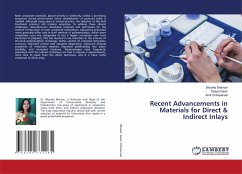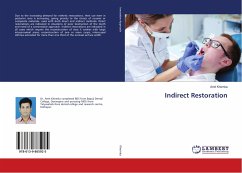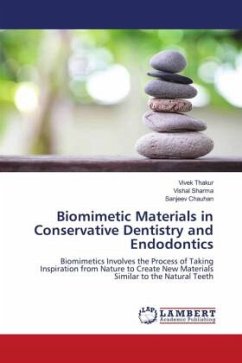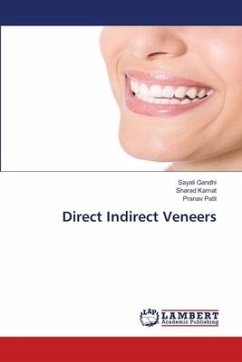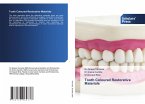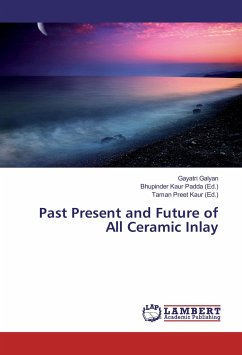Resin composite materials, placed directly or indirectly, exhibit a promising long-term clinical performance when rehabilitation of posterior teeth is needed. Although many years in clinical practice, the selection of the best treatment protocol still remains subjective. To address these clinical challenges, manufacturers developed materials and techniques for the indirect construction of resin composite restorations. Laboratory processed resins generally differ only in their method of polymerization, which more completely cures the composites (it has a higher conversion rate from monomer to polymer). This has resulted in are reduction in the amount of intraoral polymerization shrinkage, better control of proximal restoration contours, improved control over marginal adaptation, enhanced physical properties of restorative material, improved polish-ability, less water solubility, and increased hardness. Disadvantages most frequently associated with the indirect technique are that it requires 2 appointments, more time to place than the direct technique, and it is more costly compared to direct inlay.

